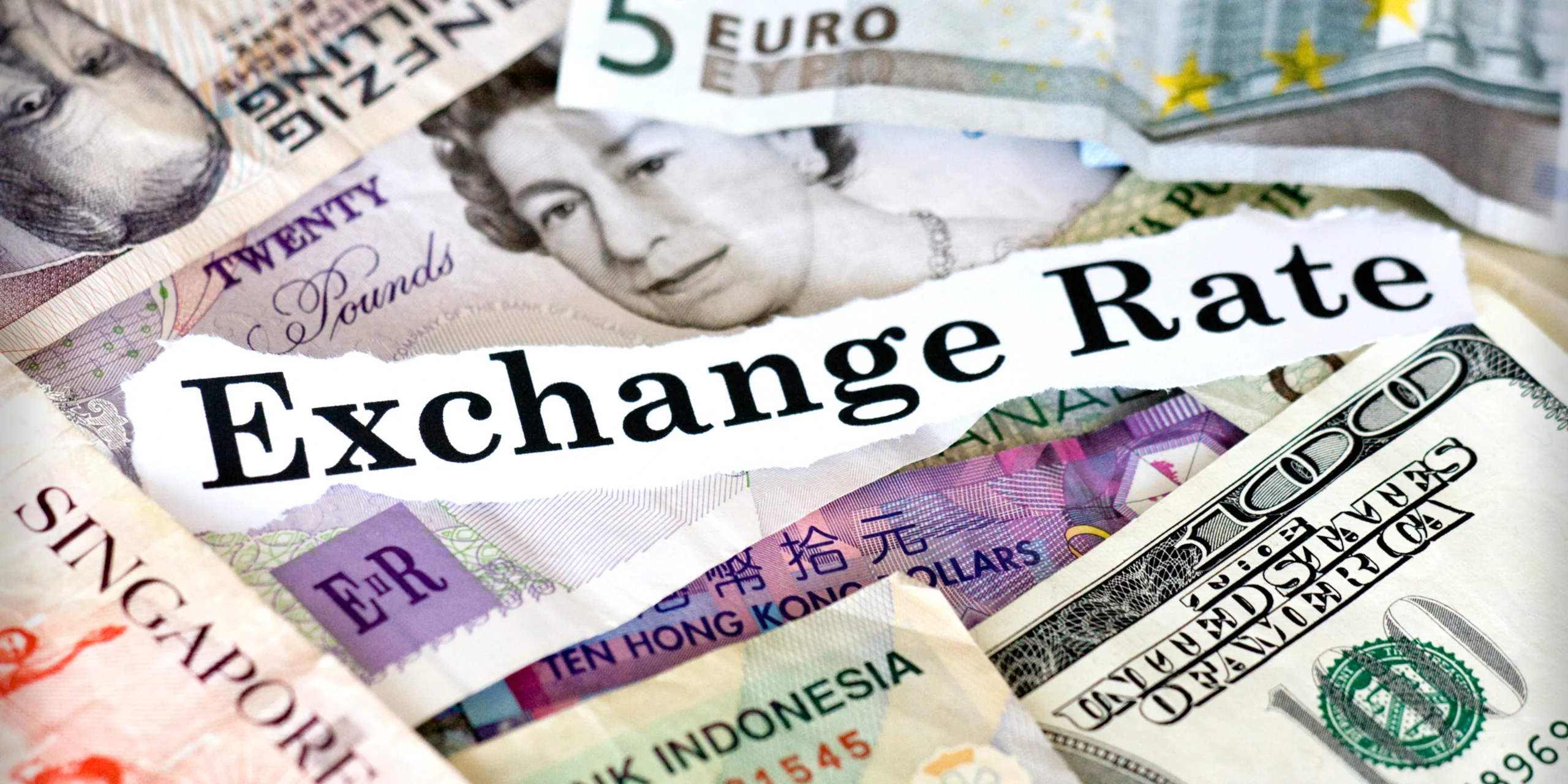Currency exchange rates are the backbone of global trade and finance, influencing everything from the cost of travel to the profitability of multinational corporations. Yet, for many, the mechanisms behind these rates remain shrouded in mystery. How exactly are currency exchange rates determined? Let’s delve into the intricate web of factors that shape these rates, impacting economies worldwide.
1. Supply and Demand Dynamics: At its core, currency exchange rates are determined by the forces of supply and demand in the foreign exchange (forex) market. Just like any other asset, the value of a currency is influenced by how much of it is available in the market and how much demand there is for it.
2. Interest Rates: Interest rates set by central banks play a crucial role in determining exchange rates. Higher interest rates generally attract foreign investment, increasing demand for the currency and driving up its value. Conversely, lower interest rates may lead to a decrease in demand and a depreciation of the currency.
3. Economic Indicators: Key economic indicators such as GDP growth, inflation rates, employment data, and trade balances have a significant impact on currency exchange rates. Strong economic performance typically strengthens a currency as investors seek higher returns in stable economies.
4. Political Stability and Economic Policies: Political stability and the implementation of sound economic policies are vital for maintaining a strong currency. Political uncertainty or unstable policies can undermine investor confidence, leading to a depreciation of the currency.
5. Speculation: Speculative trading in the forex market can cause short-term fluctuations in exchange rates. Traders may buy or sell currencies based on their expectations of future movements, amplifying market volatility.
6. Market Sentiment: Market sentiment, influenced by geopolitical events, news reports, and investor perceptions, can swiftly impact currency exchange rates. Positive sentiment towards a country’s economy or political landscape may strengthen its currency, while negative sentiment can lead to depreciation.
7. Central Bank Interventions: Central banks occasionally intervene in the forex market to stabilize exchange rates or address economic imbalances. They may buy or sell currencies in large quantities to influence their value, especially during periods of excessive volatility.
8. Trade Flows: International trade plays a significant role in determining exchange rates. Countries with trade surpluses (exporting more than importing) tend to see appreciation in their currencies, while those with trade deficits may experience depreciation.
9. Market Liquidity: The liquidity of a currency pair in the forex market can affect its exchange rate. More liquid currencies, such as the US dollar or euro, typically have tighter spreads and lower transaction costs compared to less liquid currencies.
10. Currency Pegs and Bands: Some countries opt to peg their currencies to a stable foreign currency or a basket of currencies. Others may adopt a currency band system, where the exchange rate is allowed to fluctuate within a predetermined range. These mechanisms influence exchange rates by anchoring the value of the domestic currency to another currency or set of currencies.
11. Technological Advancements: Advancements in technology have revolutionized the forex market, making it more accessible and efficient. Electronic trading platforms and algorithmic trading have increased market transparency and liquidity, impacting exchange rate dynamics.
12. Global Economic Trends: Exchange rates are also influenced by broader global economic trends, such as shifts in commodity prices, changes in international investment patterns, and geopolitical developments. These factors can have far-reaching effects on currency values across multiple economies.
In conclusion, currency exchange rates are determined by a complex interplay of economic, political, and market forces. Understanding these dynamics is essential for businesses, investors, and policymakers to navigate the intricacies of the global financial system. While exchange rates may fluctuate in the short term, a deep understanding of the underlying factors can help anticipate trends and make informed decisions in an ever-changing economic landscape.




